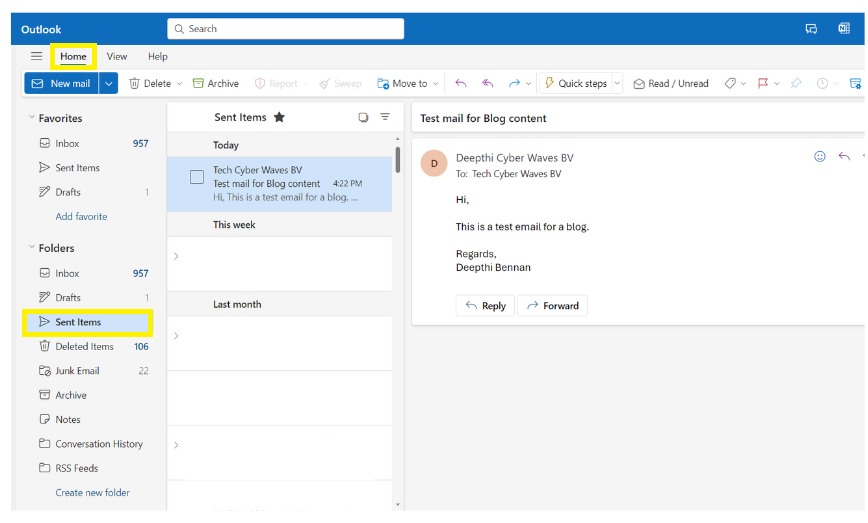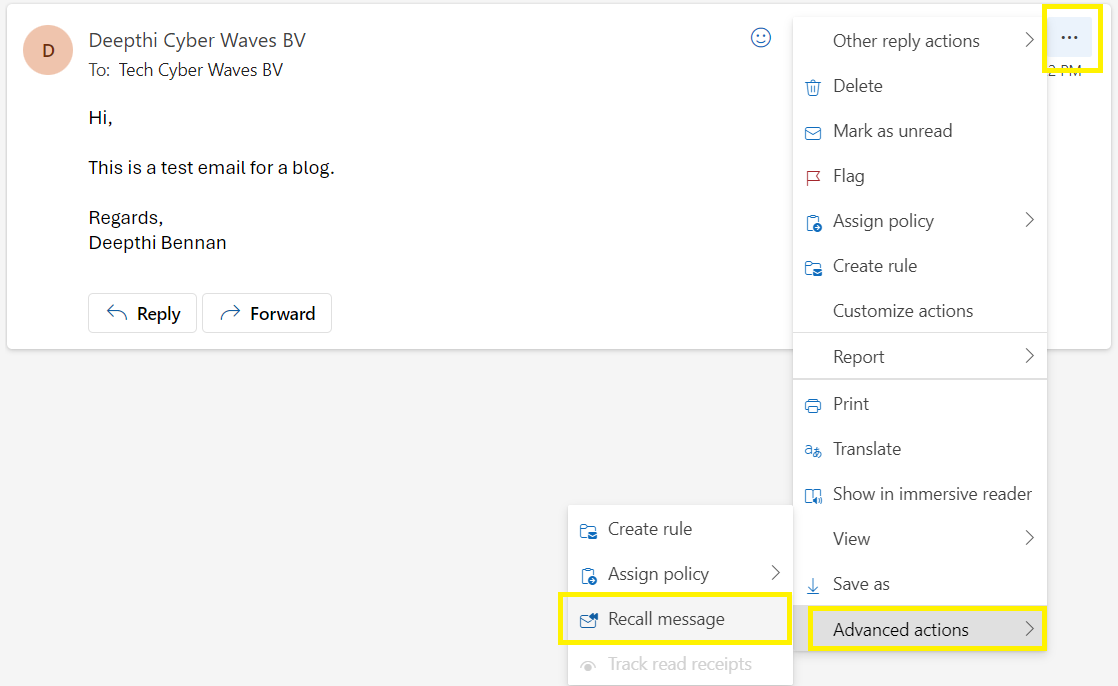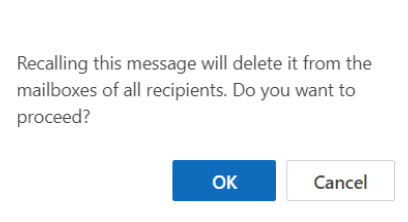In the bustling world of AI chatbots, ChatGPT isn’t the sole contender. Meet Microsoft’s Copilot (previously known as Bing Chat), a formidable rival that deserves your attention. If you haven’t explored it yet, now’s the perfect time. Nestled within the array of Microsoft tools, Copilot seamlessly integrates into your digital landscape, be it on your smartphone, tablet, or desktop, courtesy of a handy Copilot sidebar in Microsoft Edge.
Much like its counterparts, Copilot is continually evolving, promising users a treasure trove of fresh capabilities. Today, we’ll take you on a guided tour, revealing where to find Copilot, how to get it, and how to harness its remarkable potential.
Getting Your Hands on Microsoft Copilot
Copilot is readily available to the public, and the best part? It won’t cost you a dime. However, you’ll need a Microsoft account, which you can swiftly create for free at account.microsoft.com. Plus, if you’re on Windows 11, rejoice! Copilot comes built-in.
The free version allows you to pose web-searchable questions, with Copilot delivering insightful responses laden with footnotes for future reference. For more advanced features and integration with Microsoft 365 apps like Word, Excel, and PowerPoint, you can opt for Microsoft Copilot Pro at $20 per month.
For enterprise-grade perks such as Microsoft Teams compatibility, robust data protection, and tailored system configurations, consider the Copilot for Microsoft 365 plan at $30 per month.
Navigating Microsoft Copilot on Mobile
Accessing Copilot on your smartphone or tablet is a breeze. Simply download the official Microsoft Copilot app from the iOS App Store or Google Play Store. Additionally, you can tap into Copilot through the Microsoft Edge and Bing apps on both iOS and Android platforms.
How Does Copilot Work?
Just like ChatGPT, Copilot stands ready to field your queries and engage in natural, human-like conversation using its large language model prowess.
Microsoft has been steadily rolling out new Copilot features, many of which are now accessible. Notably, the Edge Copilot feature steals the spotlight. The chat tab adopts a conversational tone, offering a plethora of suggested questions, informative links, and even follow-up queries, akin to a traditional search engine.
Beyond chat, Copilot’s sidebar houses the Compose and Insights features. With Compose, you can craft text in various tones and formats, from professional emails to light-hearted blog posts. The Designer tool, formerly Bing Image Creator, adds another layer to the Copilot experience by empowering users to generate, edit, save, and share AI-generated images effortlessly.
Is Microsoft Copilot the Same as ChatGPT?
While Microsoft’s Bing chat is hailed as a next-generation OpenAI model, it’s more advanced than ChatGPT and tailored for integration with Bing search. Dubbed the Prometheus model, it boasts swifter performance and extends beyond the capabilities of GPT-3.5, delivering real-time, safe results for Bing users.
While Copilot’s origins sparked rumors of GPT-4, Microsoft confirmed its integration with ChatGPT-4 following OpenAI’s announcement.
Exploring Other AI Options
While Microsoft’s Copilot shines, alternatives like Google’s Gemini and Jasper AI also vie for attention. Gemini, despite initial hiccups, has seen substantial improvements, while Jasper AI caters to business needs with its ChatGPT-like solution.
In the end, the rise of AI-powered search heralds a transformative future. With Google’s impending entry into the fray, the stage is set for an exhilarating competition.
Author
Deepthi Bennan
Marketing Manager, Cyber Waves B.V






